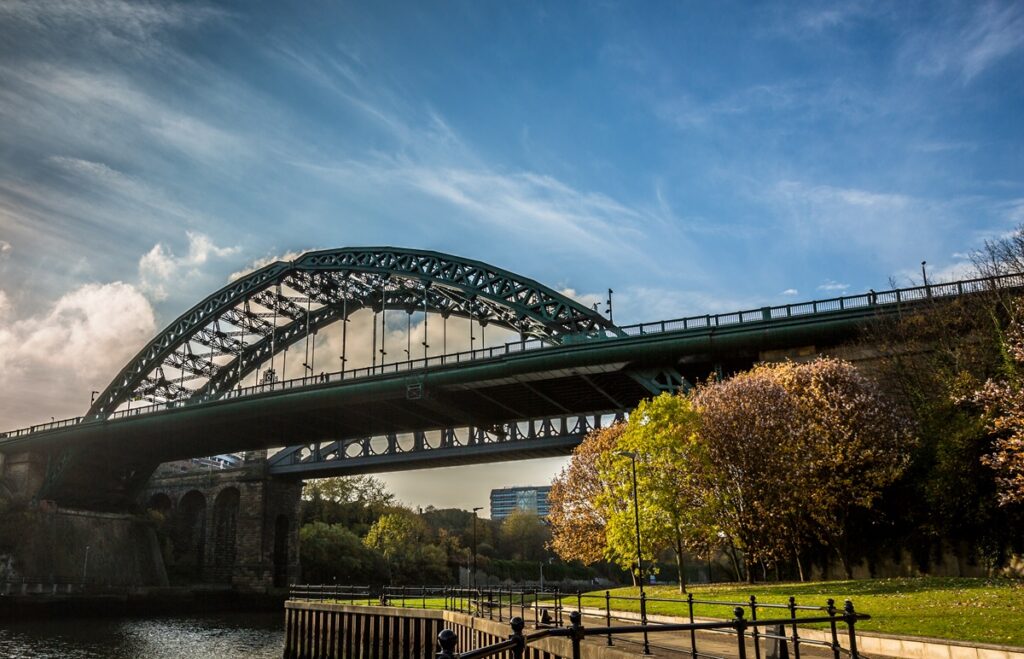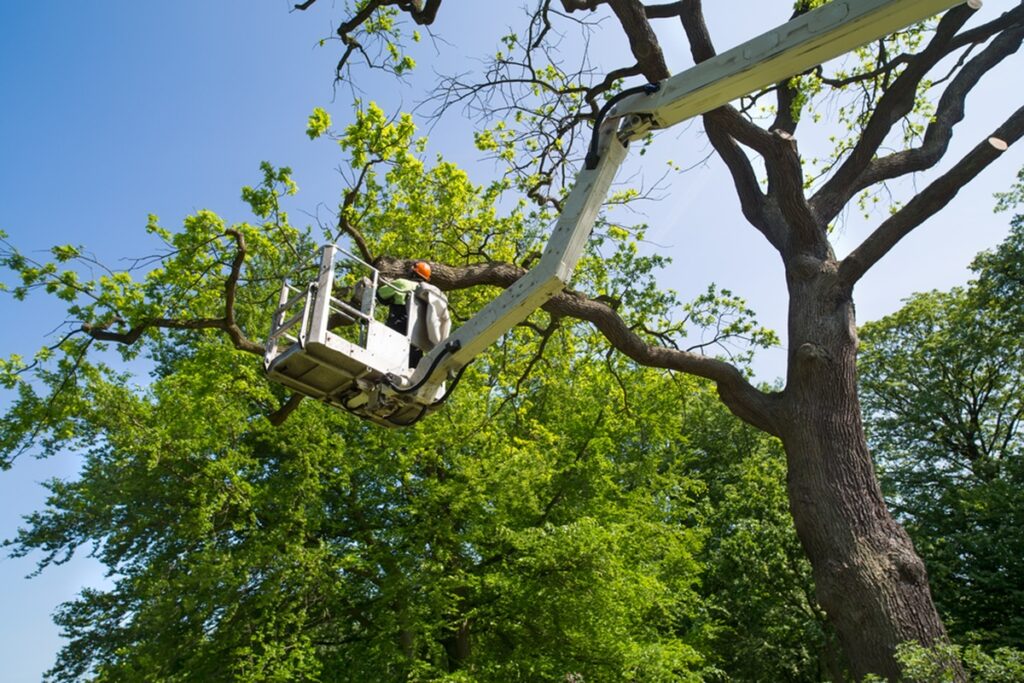Sunderland’s Drive for Ecologically Sound Development
Once known for shipbuilding and coal mining, Sunderland is now undergoing a remarkable transformation through regeneration and sustainable development. This coastal city in north east England is focusing on integrating green infrastructure into its urban landscape and placing a growing emphasis on biodiversity, tree protection and climate resilience. As new developments take shape from the urban core to its outlying suburbs and surrounding countryside, tree surveys in Sunderland are becoming a fundamental part of the planning process.
The city’s extensive green spaces, including Mowbray Park, Barnes Park and Roker Park, reflect its commitment to maintaining a healthy tree canopy. Mature street trees line many of Sunderland’s residential areas, such as Ashbrooke, Fulwell and Millfield, adding both character and ecological value to the urban environment.
Meanwhile, woodland areas along the River Wear, Silksworth Lane and the edges of Hetton-le-Hole provide crucial wildlife corridors and natural flood mitigation. Sunderland City Council recognises the environmental and amenity value of these trees, and has integrated green infrastructure into its Local Plan. This means tree surveys in Sunderland are not only encouraged, they’re often required before development proposals can move forward.

Protection for Trees in Sunderland
Sunderland has clear policies in place to protect trees of significant value. Trees may be safeguarded by Tree Preservation Orders (TPOs), or they may fall within designated Conservation Areas such as Bishopwearmouth, Roker or Ashbrooke. Where such protections apply, it is a legal requirement to seek permission from the local authority before undertaking any tree works, including pruning, felling or excavation near roots. Failure to comply can result in fines or enforcement action, leading to delays in securing planning permission.
When planning a development that affects trees in Sunderland, it is essential to undertake a professional tree survey at an early stage. Local planning officers rely on the results of these surveys to assess the suitability of development proposals, understand the impact on tree populations, and ensure that high-value trees are retained wherever possible. Without the appropriate tree assessments in place, a planning application in Sunderland is unlikely to be validated or approved.

British Standard BS5837 Tree Surveys
The BS5837 tree survey is the most commonly required survey type when applying for planning permission in Sunderland. This survey follows the British Standard 5837:2012 guidance and must be carried out by a qualified arboriculturalist. It is designed to inform design, demolition and construction activities, making sure that trees are properly considered throughout the development process.
As part of the BS5837 survey, all relevant trees are individually assessed for species, tree growth, age, health, and structural condition. The survey also defines the root protection areas (RPAs) for each tree, which helps identify where construction activity must be limited to avoid damaging roots. Trees are graded according to their quality and potential contribution to the site, from high-value specimens to those with low viability. This categorisation supports informed decisions about which trees should be retained, which can be safely removed, and what mitigation might be required. In some cases, specialist tools may be used to detect decay or assess structural weaknesses in older trees.
A Range of Tree Protection Measures
One of the main outputs of a BS5837 tree survey is a set of protection measures designed to preserve valuable trees during development. Where trees are being retained, the survey will include advice on how to protect them during site preparation, construction and landscaping. This could involve temporary fencing around root zones, restrictions on excavation and materials storage, or the use of non-invasive foundations. If tree removal is unavoidable, recommendations will be made for compensatory planting or ecological enhancements elsewhere on the site. Arboricultural surveyors will document these measures in an arboricultural report which is then submitted as part of the planning application to Sunderland City Council.

Tree Reports: the Next Steps
Once the fieldwork is completed, the data from the tree survey is compiled into a detailed report suitable for submission to the local planning authority. This typically includes a Tree Constraints Plan showing the location of trees, canopy spreads and RPAs in relation to the proposed development site.
Depending on the sensitivity of the site, additional documents may also be required, such as an Arboricultural Impact Assessment, Arboricultural Method Statement and Tree Protection Plan. These reports explain how development can proceed without compromising the health or structural integrity of nearby trees, which is especially important when dealing with TPOs or trees in Conservation Areas.
Further Reasons for Tree Surveys
While detailed tree surveys in Sunderland are essential when developing land, they also serve a wider purpose in land management and public safety. Tree condition surveys are required by schools, housing associations, care facilities and local businesses to enable them to meet their legal duty of care. Identifying potential hazards such as deadwood, unstable branches or root damage can help prevent accidents and ensure that tree assets are safely maintained.
For health and safety reasons, tree felling may be required or tree surgery to remove dangerous branches, deal with stump removal or stump grinding. As climate change increases the risk of storms and high winds, tree care and regular tree inspections are becoming more important across Sunderland’s residential and commercial estates.

Tree Care: Expert Advice from Skilled Arborists
If you are managing a development site in Sunderland, dealing with protected trees, or simply need expert advice on tree health and safety, our consultancy can help. We provide a comprehensive range of tree surveys in Sunderland and across the wider North East, delivering reports that meet the standards expected by the local planning authority. Our qualified arboricultural surveyors are experienced in BS5837 assessments and work closely with both domestic and commercial clients to ensure that planning and legal obligations are met efficiently and responsibly.
Request a Free Quote for Tree Surveys
To find out more about how we can help with tree surveys in Sunderland, County Durham or across north east England, contact our team of skilled arborists for details of our competitive prices and a free no obligation quotation. We can arrange a site visit at a convenient time and provide clear advice tailored to your project.
Get in touch today: call us on the number at the top of this page or use our online contact form. With our expert guidance and detailed tree surveys, you can move your development projects forward with confidence, achieving planning permission while helping to protect Sunderland’s urban tree landscape.